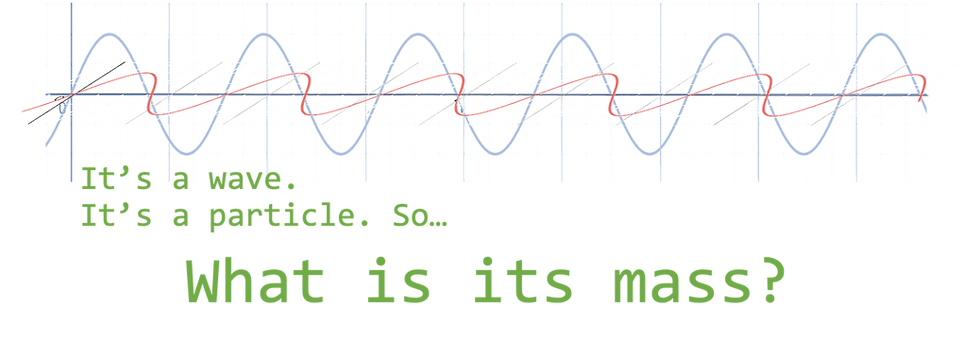What is that? Room-Temperature Superconductivity? Never heard of it!
- neelkantha42
- Nov 2, 2021
- 3 min read
Hi everyone! What is superconductivity and how can we obtain it?

Keywords: Superconductors, Cooper pairs, Superconductor levitation, Meissner effect, Pauli Exclusion Principle
I've recently read about a "room-temperature superconductor". But what does this mean and how does it work?
What is a superconductor?
A superconductor is such a material that has 0 internal resistance, meaning that for a current passing through a superconductor, there is no power loss. This is important to improve our electrical efficiency. Every ordinary material has an internal resistance. This is because when there is a conventional current passing through a wire, the motion of the electrons can be shown as below:

The brown dots represent the metal cations in a lattice and the moving dots are electrons (might be obvious). When any one electron moves past a cation, because of the electrostatic forces between the charged particles, both the cation and the electron feel "a tug". This happens for every electron and so the cations and electrons "wobble". Some of the electrical energy is thus converted to the "wobbling" of the cations and electrons and lost as heat. This is why every ordinary metal has an internal resistance. If one takes a considerable length of wire material, more cations are wobbled and so there is a greater resistance. But superconductors have 0 resistance. How is this possible if I have just shown that all metals have internal resistance? The answer is Cooper pairs.
Cooper pairs
Cooper pairs are bonded pairs of electrons. How does this help in superconductivity? Well, these Cooper pairs have the same energy state and integer spin. But the Pauli Exclusion Principle states that all fermions (link to my Standard Model post), like electrons etc., cannot occupy the same energy state. But bosons can! Also, bosons have integer spin. Therefore, Cooper pairs can be added to the boson family.
The sea of Cooper pairs can "flow" without obstacle - a superfluid! This means that the Cooper pairs can carry current without resistance from the lattice of metal cations. Yay! Now we have a superconductor!
But how do we form Cooper pairs?
When electrons first enter a superconducting wire (at appropriate temperature and pressure conditions), the first "wobbles" of metal cation have the potential to trigger the formation of Cooper pairs (energy of the "wobbles" is "invested" in creating Cooper pairs). But there is a maximum temperature to sustain the formation of Cooper pairs. In conventional superconductors, that temperature is <10K, or <-263.15 degrees Centigrade. Above this temperature, for most materials, the kinetic energy of the electrons within any Cooper pair is too great for the Cooper pair to stay intact.
Superconductor levitation.
Often when you search for "superconductor levitation", say on YouTube, you will find there are videos showing a non-magnetic metal immersed in liquid nitrogen or any other extremely cold fluid. They then show that metal (now a superconductor) floating on a magnetic track. This is the Meissner effect. This phenomenon happens because there are tiny Cooper pair loop currents (with no power loss) on the surface of the metal that cause their own magnetic fields. These fields are always antipolar to the magnetic field of the magnetic track and the closer a superconductor gets to a magnetic field, the stronger the loop currents' magnetic fields become.
Room temperature superconductors.
These are amazing! At first, I did not believe it, but I can somewhat understand how this works. A new material (a layered yttrium-palladium-hydron material) under extreme pressure conditions (187 Giga-pascals(GPa)) can be a superconductor up to 262K, or -11oC. OK, it is not exactly room temperature, but it is better than -263oC! There are some theories that predict a "metallic state of hydrogen" under 500 GPa that could potentially be the closest option to a room-temperature superconductor. It is theorised that there would be a high number of "wobbles" at one terminus of the hydrogen "wire", which could lead to the formation of Cooper pairs and thus, superconductivity! How exactly do these form and work? I don't know yet! I figure that for most of these "room temperature superconductors", the pressure either fuses electrons to form Cooper pairs or produces serious and vigorous phonon "wobbles".
I admit I had to sit straight for 10 minutes pondering about this before any of this started to make sense to me. But it's mind-blowingly amazing! Do let me know what you think.
Please share your thoughts in the comments below and C u soon!


Thanks. A good learning for me, in a short time.Clear. Thanks again.
Interesting